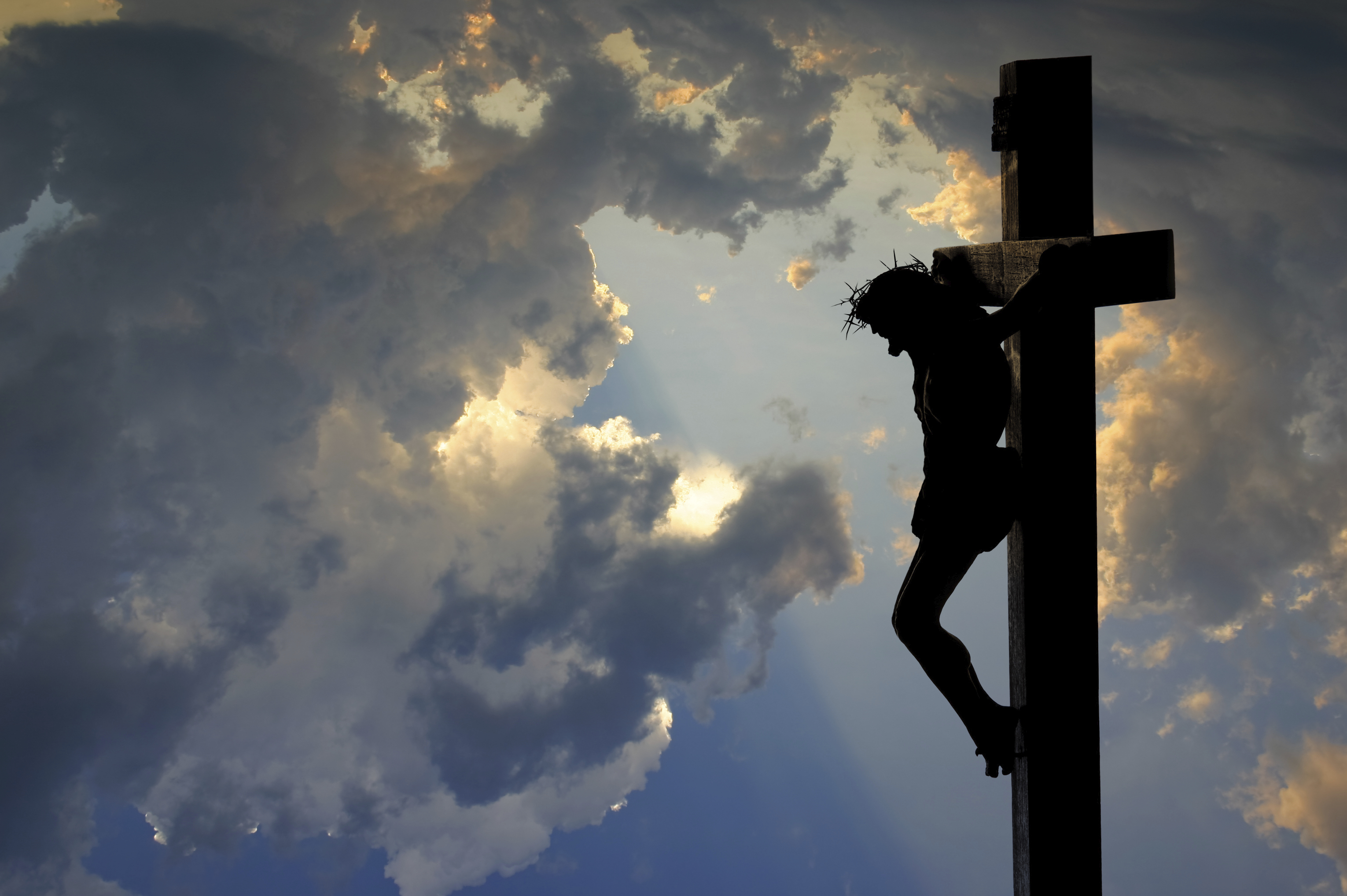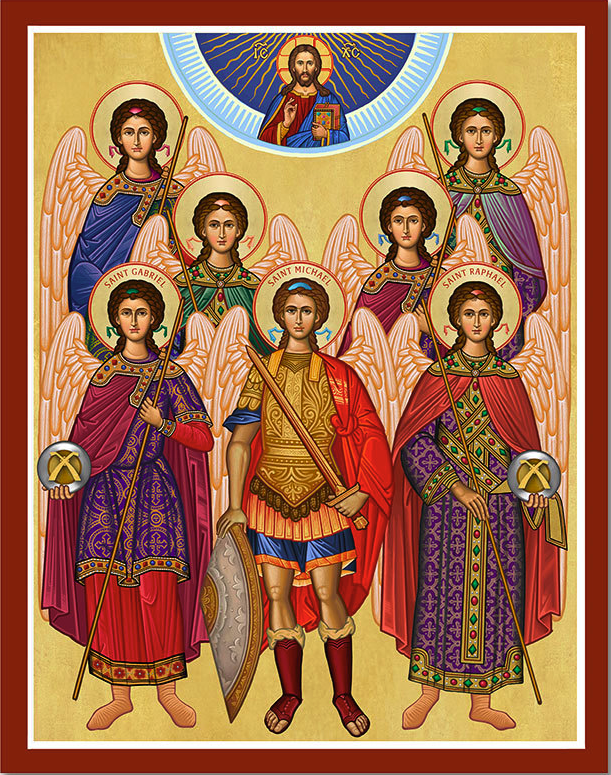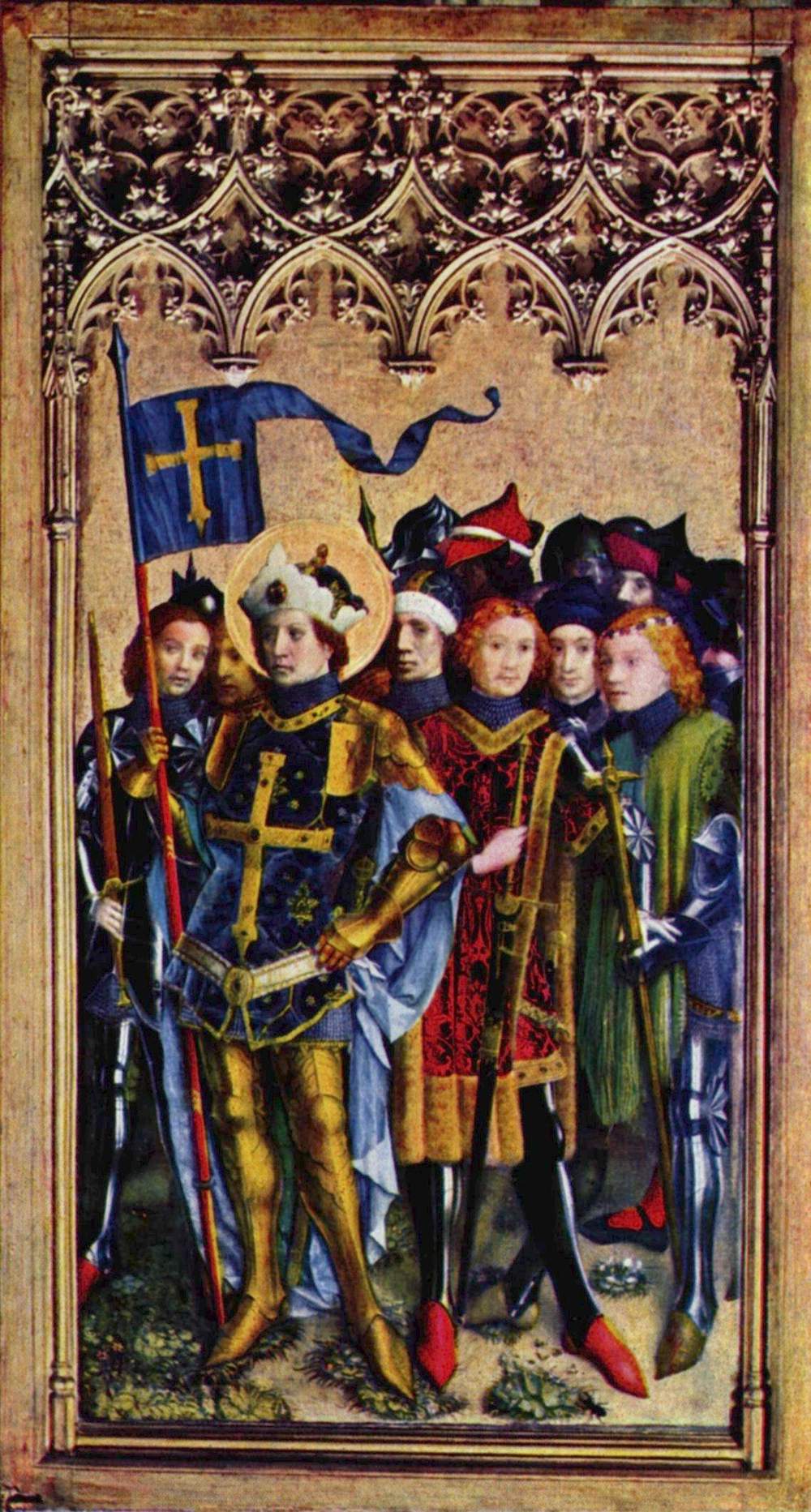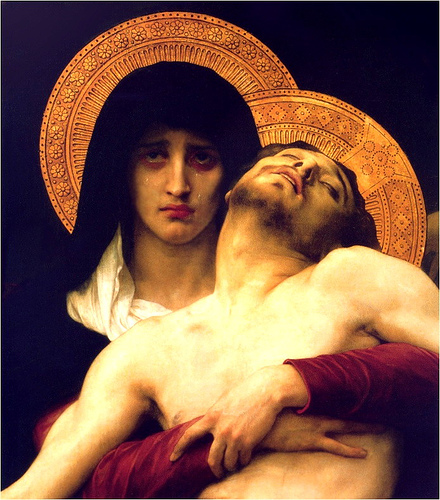

It is said we mock Christ again by the timidity of our witness. Mine and me most so.
St. Jean-Gabriel was born in Puech, France, on January 6th, 1802, to a pious family of eight children. Including Jean Gabriel, five of the Perboyer children became consecrated religious – three priests and two nuns.
Accompanying his younger brother Louis while he was entering the seminary, Jean-Gabriel discovered his calling and entered the Congregation of the Mission, founded by St. Vincent de Paul, at the age of 16
He was ordained at age 23 and taught theology at the seminary before being appointed rector, and later master of novices in Paris – on account of the sanctity his superiors saw in him.
His younger brother, Louis, died on his way to preach in China at the age of 24 and Jean-Gabriel asked to carry out the mission that had been entrusted to his brother. He arrived on the island of Macao on August 29, 1835 and set out for the mainland later that year.
He carried out his evangelical labors in Ho-Nan for three years before being transferred to Hou-Pé. His missions bore much fruit in the short time he spent there.
In 1839 the viceroy of the province began a persecution and used the local mandarins to obtain the names of priests and catechists in their areas. In September 1839, the Mandarin of Hubei, where there was a Vincentian mission center, sent soldiers to arrest the missionaries. Perboyre was meeting informally with some other priests of the region when the soldiers arrived to seize them. The priests scattered and hid, but one catechist, under torture, gave away where Peboyre was hiding.
A series of trials began. The first was held at Kou-Ching-Hien. The replies of the martyr were heroic:
“Are you a Christian priest?”
“Yes, I am a priest and I preach this religion.”
“Do you wish to renounce your faith?”
“No, I will never renounce the faith of Christ.”
They asked him to reveal his companions in the faith and the reasons for which he had transgressed the laws of China. They wanted, in short, to make the victim the culprit. But a witness to Christ is not an informer. Therefore, he remained silent.
The prisoner was then transferred to Siang-Yang. The cross examinations were made close together. He was held for a number of hours kneeling on rusty iron chains, was hung by his thumbs and hair from a rafter (the hangtze torture), was beaten several times with bamboo canes. Greater than the physical violence, however, remained the wound of the fact that the values in which he believed were put to ridicule: the hope in eternal life, the sacraments, the faith.
The third trial was held in Wuchang. He was brought before four different tribunals and subjected to 20 interrogations. To the questioning were united tortures and the most cruel mockery. They prosecuted the missionary and abused the man. They obliged Christians to abjure, and one of them even to spit on and strike the missionary who had brought him to the faith. For not trampling on the crucifix, John Gabriel received 110 strokes of pantse.
The saints suffer EVERY kind of calumny for the name of Jesus Christ. Among the various accusations, the most terrible was the accusation that he had had immoral relations with a Chinese girl, Anna Kao, who had made a vow of virginity. The martyr defended himself. She was neither his lover nor his servant. Jean-Gabriel remained upset because they made innocents suffer for him.
During one interrogation he was obliged to put on Mass vestments. They wanted to accuse him of using the privilege of the priesthood for private interests. But the missionary, clothed in the priestly garments, impressed the bystanders, and two Christians drew near to him to ask for absolution.
The cruelest judge was the Viceroy. The missionary was by this time a shadow. The rage of this unscrupulous magistrate was vented on a ghost of a man. Blinded by his omnipotence the Viceroy wanted confessions, admissions, and accusations against others. But if the body was weak, the soul was reinforced. His hope by now rested in his meeting God, which he felt nearer each day.
“Trample on your God, and I will free you!” the local government official demanded.
“Oh!” the holy martyr replied, “how could I so insult my Savior?” And seizing a crucifix, he pressed it to his lips.
When John Gabriel told him for the last time: “I would sooner die than deny my faith!,” the judge pronounced his sentence.
On September 11, 1839 Jean-Gabriel became one of the first victims of the persecutions against Christians, dying in a manner which had a striking resemblance to the passion of our Lord. He was betrayed for a sum of silver, stripped of his garments and dragged from tribunal to tribunal, beaten and tortured continuously until he was sentenced to death with seven criminals. He was crucified, strangled, and died on a cross.


Before his death St. Jean Gabriel wrote this prayer:
“O my Divine Saviour,
Transform me into Yourself.
May my hands be the hands of Jesus.
Grant that every faculty of my body
May serve only to glorify You.
Above all,
Transform my soul and all its powers
So that my memory, will and affection
May be the memory, will and affections
Of Jesus.
I pray You
To destroy in me
All that is not of You.
Grant that I may live
But in You, by You and for You,
So that I may truly say,
With St. Paul,
“I live – now not I –
But Christ lives in me”.
-St Jean-Gabriel Perboyre, CM
Chinese Catholics at the beginning of Communist rule hid the tombstones of Saints Jean-Gabriel Perboyre and Clet to protect them, because of their deep devotion to those martyrs.
Recent witnesses who have visited the seminary where the two tombstones are now displayed for veneration; the Catholics of Wuhan have a great devotion to the Eucharist and to the Vincentians, such as Perboyre and Clet, who died for them, and shed their blood on the soil of that city.
His body was retrieved and buried in the mission cemetery by a catechist. Eventually, his remains were returned from China to France, where they were entombed for veneration in the chapel of the Vincentian Motherhouse in Paris.
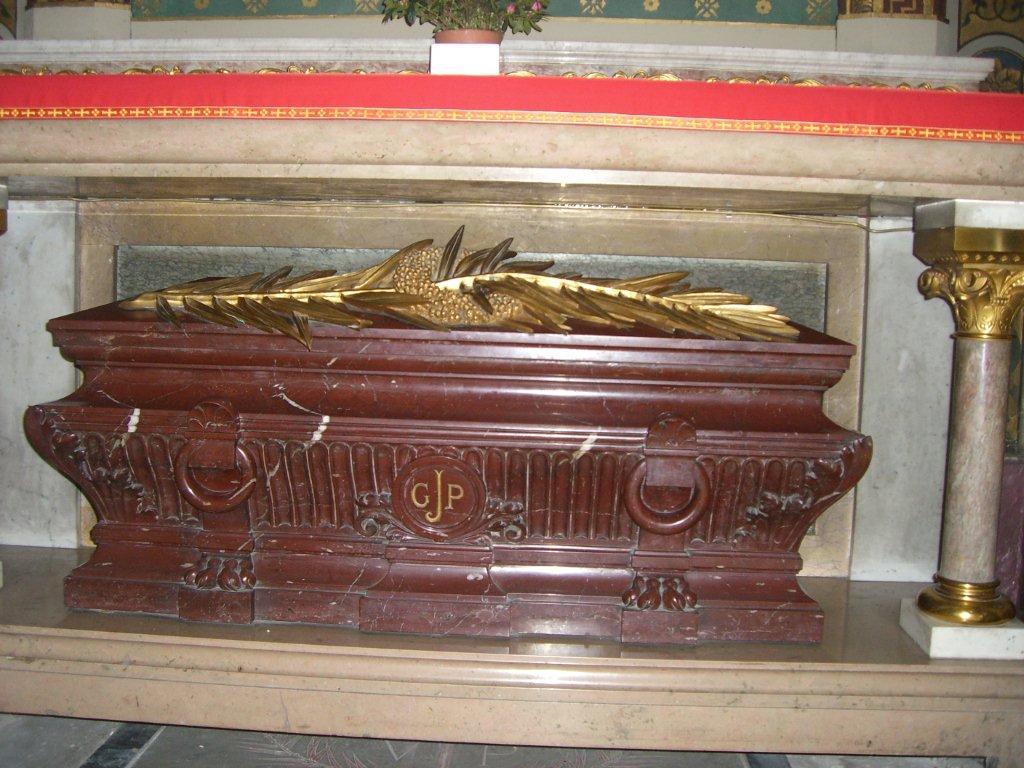
“If we have to suffer martyrdom it would be a great grace given to us by God; it’s something to be desired, not feared.” -Saint Jean-Gabriel Perboyre, in a letter from China to his uncle
“Jean-Gabriel Perboyre, priest of the Congregation of the Mission, he wanted to follow Christ evangelizing the poor, the example of St. Vincent de Paul.
After exercising the ministry of the clergy as a trainer in France, went to China. Here he earnestly bore witness of Christ’s love for the Chinese people.
“I do not know what awaits me in the journey that lies ahead of me, without a doubt the cross, which is the daily bread of the missionary. What we can hope for better, going to preach a crucified God?” (Letter No. 70), wrote at the gateway to China.
Along the streets where he had been sent found the Cross of Christ. Daily through imitation of his Lord, with humility and gentleness, fully identified with him.
By following step by step in his Passion, caught forever in his glory. “One thing is needful: Jesus Christ,” he liked to say.
His martyrdom is the culmination of his commitment to following Christ, the missionary. After being tortured and condemned, reproducing the Passion of Jesus with remarkable similarity, as he came to death, even death on a cross.
Jean-Gabriel had one passion: Christ and the proclamation of his Gospel. That’s loyalty to this passion that he has been equated with the lowly and the condemned, and that the Church can now solemnly proclaim his glory in the choir of the saints in heaven.”
-Pope St John Paul II, Homily of Canonization, 2 June 1996, Vatican City, Rome
“One does good for souls only by prayer. In all that you do, work only to please God, otherwise you would waste your time and effort.”
—St. Jean Gabriel Perboyre

Love,
Matthew, MSCS, ’05
GO BLUE DEMONS!!!!

